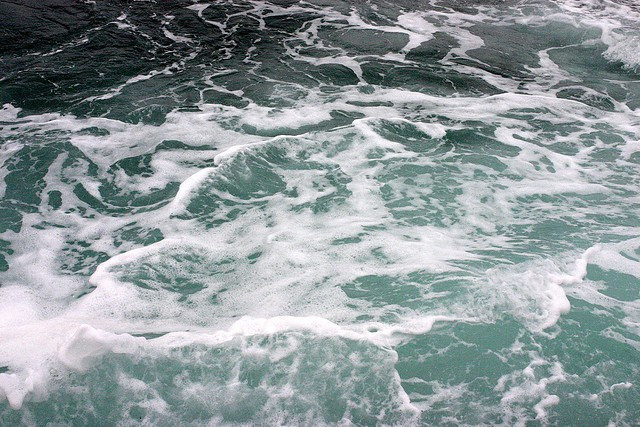Researchers Discover How Southern Ocean Stores Carbon

Researchers from Britain and Australia have discovered how carbon is drawn down from the surface of the Southern Ocean to the deep waters beneath.
Published in the latest edition of the journal Nature Gioscience, the study claims that the carbon is funnelled in pockets of high pressure - rather than uniformly across the Southern Ocean's vast expanses.
The researchers, who include scientists from the British Antarctic Survey (BAS) and the Commonwealth Scientific and Industrial Research Organisation (CSIRO), find that a combination of winds, plunging currents and whirlpools, known as eddies, create localised channels for the carbon, forcing it down to the depths of the Southern Ocean.
According to the study, some of the plunging currents span up to 1,000km (600 miles) in width, and such extreme conditions result in carbon being locked away for decades, even centuries, at the bottom of the sea.
The Southern Ocean is one of the largest carbon repositories in the world, accounting for around 40 percent of the CO2 emissions stored by the world's oceans each year.
"The Southern Ocean is a large window by which the atmosphere connects to the interior of the ocean below. Until now we didn't know exactly the physical processes of how carbon ends up being stored deep in the ocean," said the study's lead author, Dr Jean-Baptiste Sallée from the British Antarctic Survey.
"It's the combination of winds, currents and eddies that create these carbon-capturing pathways drawing waters down into the deep ocean from the ocean surface."
Given the sheer size, and remoteness, of the Southern Ocean, scientists have only recently been able to start exploring it, deploying small robotic probes known as Argo floats - which span just a metre in length but can dive to depths of 2km.
In 2002, 80 floats were dispatched across the Southern Ocean to collect information on temperature and salinity. Today there are over 3,000 floats in use across the world's oceans, providing detailed information used in oceanic climate models.
According to CSIRO, the team also analysed temperature, salinity and pressure data collected from ship-based observations since the 1990s, using a CTD profiler - a cluster of sensors which takes measurements as it is lowered deep down into the ocean to depths of more than 7km.
The work was supported through the Wealth from Oceans and Australian Climate Change Science Programmes, and the Australian Government's Cooperative Research Centre programme.
© Copyright IBTimes 2025. All rights reserved.



















